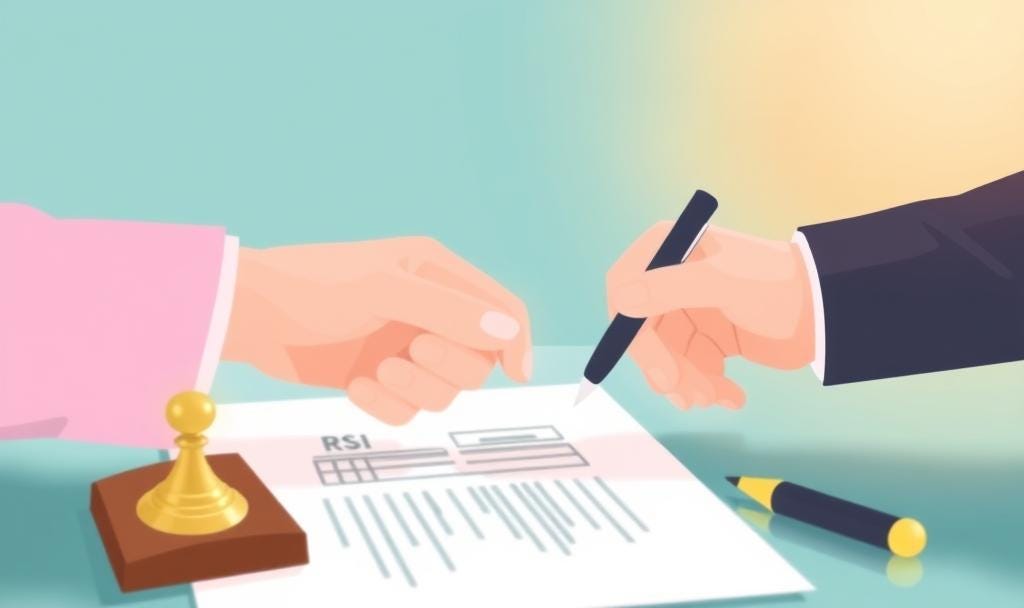How to Buy a Car Privately in Canada: A Step-by-Step Guide
Everything You Need to Know to Safely and Successfully Purchase a Car from a Private Seller
Buying a car privately in Canada can be a great way to save money and find a vehicle that meets your specific needs. However, purchasing from a private seller comes with its own set of challenges and risks. From verifying the car’s condition to ensuring a smooth transaction, there are several steps you need to take to protect yourself and make a smart purchase.
In this comprehensive guide, we’ll walk you through the process of buying a car privately in Canada, providing you with the knowledge and tools you need to navigate the process with confidence.
1. Research and Preparation
Before you start contacting private sellers, it’s essential to do your homework. Proper research and preparation will help you make an informed decision and avoid potential pitfalls.
Determine Your Budget:
Total Cost: Consider not only the purchase price but also additional costs such as taxes, registration, insurance, and potential repairs.
Financing: If you need financing, get pre-approved for a loan from a bank or credit union to know exactly how much you can afford.
Choose the Right Car:
Make and Model: Research different makes and models to find one that fits your needs and budget.
Reliability: Look up reliability ratings and consumer reviews to ensure the car is known for its durability and low maintenance costs.
Set Your Criteria:
Age and Mileage: Decide on the acceptable age and mileage range for the car.
Features: List the must-have features, such as fuel efficiency, safety features, or technology.
Pro Tip: Use online tools like AutoMarketplaceCanada.com to compare prices and find private listings in your area.
2. Find Private Listings
Once you’ve done your research, it’s time to start looking for private listings. Here’s how to find the best deals:
Online Platforms:
Classified Websites: Websites like Auto Market Place Canada, Kijiji, Craigslist, and AutoTrader are popular for private car listings.
Social Media: Check local buy-and-sell groups on Facebook or other social media platforms.
Specialized Sites: Use platforms like AutoMarketplaceCanada.com to find private sellers in your area.
Local Listings:
Community Boards: Look for listings on community boards at local grocery stores, libraries, or coffee shops.
Word of Mouth: Ask friends, family, or coworkers if they know of any cars for sale.
Pro Tip: Be cautious of deals that seem too good to be true, as they may be scams.
3. Verify the Seller and Vehicle
Before meeting with a seller, it’s crucial to verify their identity and the car’s condition. Here’s what to do:
Check the Seller’s Credentials:
Identification: Ask for the seller’s ID and compare it to the name on the car’s title.
Contact Information: Ensure the seller provides a legitimate phone number and address.
Obtain a Vehicle History Report:
Accident History: Use services like Carfax or AutoCheck to check for any accidents or damage.
Ownership History: Verify the number of previous owners and how the car was used (e.g., personal, rental, fleet).
Odometer Readings: Ensure the mileage is accurate and consistent with the car’s age.
Pro Tip: If the seller refuses to provide a vehicle history report, consider it a red flag.
4. Inspect the Car
A thorough inspection is essential to ensure the car is in good condition. If you’re not confident in your ability to assess the car, consider hiring a professional mechanic.
Exterior Inspection:
Body Condition: Look for dents, scratches, rust, or signs of repainting.
Tires: Check the tread depth and condition of the tires.
Lights: Test all lights, including headlights, brake lights, and turn signals.
Interior Inspection:
Seats and Upholstery: Look for tears, stains, or excessive wear.
Dashboard: Check for warning lights and ensure all controls work properly.
Odor: Be wary of strong odors, such as smoke or mildew.
Mechanical Inspection:
Engine: Look for leaks, corrosion, or worn-out components.
Fluids: Check the oil, coolant, and transmission fluid levels and condition.
Test Drive: Take the car for a test drive to assess its performance, handling, and comfort.
Pro Tip: Bring a checklist to ensure you don’t miss any important details during the inspection.
5. Negotiate the Price
Once you’ve inspected the car and are satisfied with its condition, it’s time to negotiate the price. Here’s how to get the best deal:
Research Market Value:
Comparable Listings: Use your research to determine the car’s fair market value.
Condition: Factor in any issues or needed repairs when making your offer.
Start Low:
Initial Offer: Start with a lower offer than you’re willing to pay to leave room for negotiation.
Justify Your Offer: Use your research and inspection findings to justify your offer.
Be Prepared to Walk Away:
Flexibility: Be willing to walk away if the seller isn’t willing to negotiate.
Alternative Options: Have other listings in mind in case the deal falls through.
Pro Tip: Stay calm and polite during negotiations to maintain a positive relationship with the seller.
6. Complete the Transaction
Once you’ve agreed on a price, it’s time to complete the transaction. Here’s what to do:
Payment:
Secure Payment Method: Use a secure payment method, such as a bank draft or certified check.
Avoid Cash: Avoid paying with cash, as it’s harder to trace and can be risky.
Paperwork:
Bill of Sale: Ensure the bill of sale includes the car’s details, purchase price, and both parties’ signatures.
Title Transfer: Verify the title is properly transferred to your name.
Registration: Register the car with your provincial or territorial motor vehicle agency.
Insurance:
Insurance Coverage: Obtain insurance coverage before driving the car off the lot.
Proof of Insurance: Carry proof of insurance with you at all times.
Pro Tip: Double-check all documents for accuracy and keep copies for your records.
7. Post-Purchase Considerations
After purchasing the car, there are a few additional steps to ensure a smooth ownership experience:
Maintenance:
Regular Maintenance: Follow the manufacturer’s recommended maintenance schedule to keep the car in top condition.
Repairs: Address any issues or needed repairs promptly to avoid further damage.
Warranty:
Extended Warranty: Consider purchasing an extended warranty if the car is no longer under warranty.
Manufacturer Warranty: If the car is still under warranty, familiarize yourself with the terms and coverage.
Resale Value:
Maintain Records: Keep detailed records of all maintenance and repairs to increase the car’s resale value.
Drive Responsibly: Drive responsibly to avoid accidents and keep the car in good condition.
Pro Tip: Join online forums or communities for your car’s make and model to connect with other owners and get advice on maintenance and repairs.
8. Avoiding Scams and Fraud
Buying a car privately comes with the risk of scams and fraud. Here’s how to protect yourself:
Common Scams:
Fake Listings: Be cautious of listings with prices significantly below market value or with limited details.
Phishing Scams: Avoid providing personal information, such as your SIN or banking details, to the seller.
Escrow Scams: Be wary of sellers who suggest using an escrow service, as it may be fake.
Red Flags:
Pressure Tactics: Sellers who pressure you to make a quick decision or payment may be scammers.
Inconsistent Information: Sellers who provide conflicting details about the car or their identity may be fraudulent.
Unusual Payment Requests: Sellers who ask for payment via wire transfer, gift cards, or other untraceable methods may be scammers.
Pro Tip: Trust your instincts and walk away if something feels off or too good to be true.
9. Legal Considerations
Understanding the legal aspects of buying a car privately is essential to protect yourself and ensure a smooth transaction.
Provincial and Territorial Regulations:
Safety Inspections: Some provinces require a safety inspection before a car can be registered.
Emissions Testing: Certain areas may require emissions testing to ensure the car meets environmental standards.
Taxes and Fees: Be aware of the taxes and fees associated with purchasing and registering a car in your province or territory.
Lien Check:
Outstanding Liens: Ensure there are no outstanding liens on the car, as this could lead to legal and financial complications.
Pro Tip: Contact your local motor vehicle agency for detailed information on the requirements in your area.
10. Final Thoughts
Buying a car privately in Canada can be a rewarding experience if you take the necessary precautions and follow the steps outlined in this guide. By doing your research, verifying the car’s condition, and negotiating the best price, you can find a reliable vehicle that meets your needs and budget. Whether you’re a first-time buyer or a seasoned car enthusiast, these tips will help you navigate the private car buying process with confidence.
For a wide selection of private car listings, visit AutoMarketplaceCanada.com to explore your options and find the perfect vehicle for your needs.











